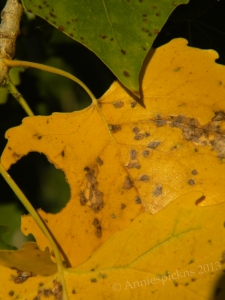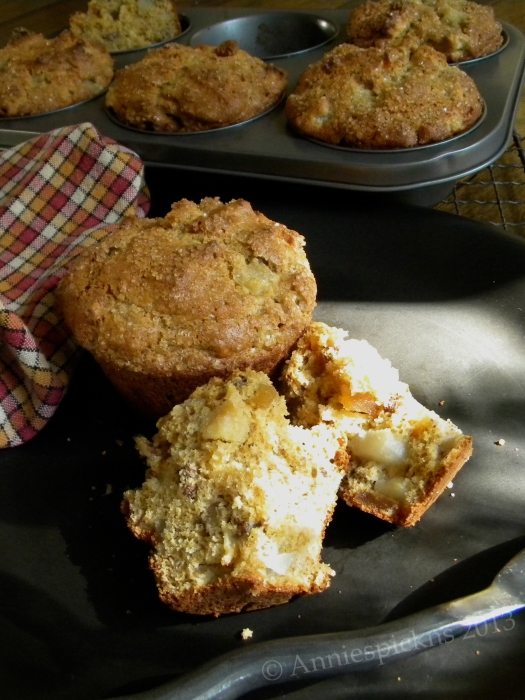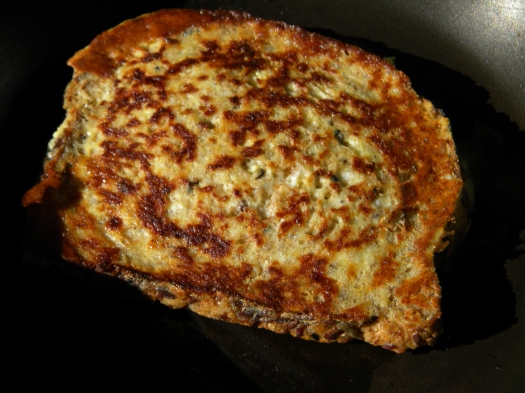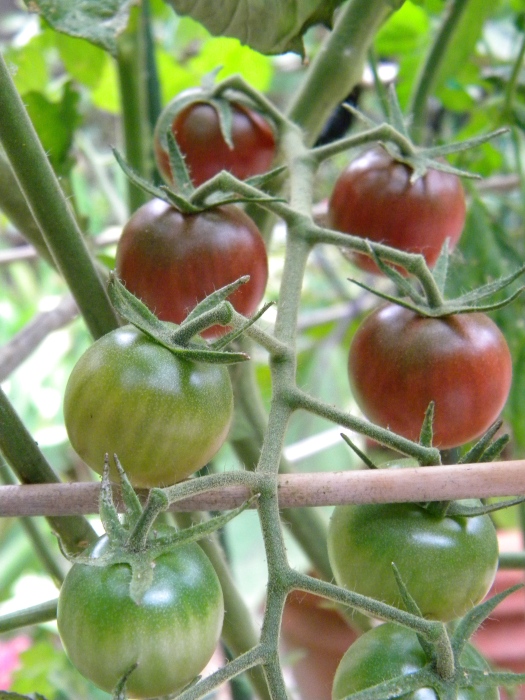 Not only am I lucky enough to live within cycling distance of what I consider to be one of California’s best Certified Farmers’ Markets, the Sunday Downtown Sacramento Market, there is a wonderful farm stand about 5 miles down river from me for those times when I need to replenish either fresh fruit or veggies during the week. From May until the end of October, Dave’s Produce becomes my mid-week “go to spot” for fresh produce shopping.
Not only am I lucky enough to live within cycling distance of what I consider to be one of California’s best Certified Farmers’ Markets, the Sunday Downtown Sacramento Market, there is a wonderful farm stand about 5 miles down river from me for those times when I need to replenish either fresh fruit or veggies during the week. From May until the end of October, Dave’s Produce becomes my mid-week “go to spot” for fresh produce shopping.
Dave’s Produce belongs to Sacramento River Delta Grown an Agri-tourism Association of businesses adjacent to the lower Sacramento River. The group’s mission is to promote: Agricultural sustainability and profitability through Agri-tourism, and Agri-education, by providing public accessibility to local farms, while enhancing the public’s awareness of production agriculture, and enjoyment of the rural farming experience. The businesses are varied and include many of the wineries from the Clarksburg region, which I might add make some very nice wine. It’s a beautiful area and one I love exploring in all seasons.
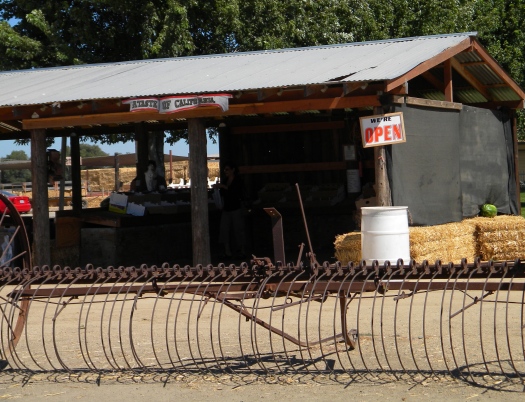 Dave’s Produce is part of Vierra Farms which is where the farm stand is located. Here’s how they describe their location on their website: “Vierra Farms is influenced by the Sacramento Delta Region by its proximity to the Pacific Ocean and San Francisco Bay. Situated at the edge of the Sacramento River, Vierra Farms takes advantage of the coastal gap as the northern and southern coastal ranges meet at the Sacramento Delta. As temperatures rise in the central valley, cool maritime breezes are pulled directly across the Sacramento region creating a distinctive climate that helped create Vierra Farms’ premium mouth-watering watermelon and bountiful hard squash that has been provided to the greater Sacramento area wholesale, retail and food service customers for over the past 10 years.”
Dave’s Produce is part of Vierra Farms which is where the farm stand is located. Here’s how they describe their location on their website: “Vierra Farms is influenced by the Sacramento Delta Region by its proximity to the Pacific Ocean and San Francisco Bay. Situated at the edge of the Sacramento River, Vierra Farms takes advantage of the coastal gap as the northern and southern coastal ranges meet at the Sacramento Delta. As temperatures rise in the central valley, cool maritime breezes are pulled directly across the Sacramento region creating a distinctive climate that helped create Vierra Farms’ premium mouth-watering watermelon and bountiful hard squash that has been provided to the greater Sacramento area wholesale, retail and food service customers for over the past 10 years.”
I have to say they are right on when they talk about premium mouth-watering watermelon, the squash too, but I want to talk about one of the varieties of watermelon they grow, Inspiration.
 Inspiration is what is called a black watermelon, the name referring to the outside color of the melon. It is a true Sugar Baby seedless, early maturing watermelon with a brix of 9.5, Brix being a measure of sweetness , where 7.8 – 8.2 is somewhat sweet, 8.3 – 9.0 is sweet, and >9.0 is very sweet. The melon I bought was definitely sweet, seedless and juicy, a perfect summer melon.
Inspiration is what is called a black watermelon, the name referring to the outside color of the melon. It is a true Sugar Baby seedless, early maturing watermelon with a brix of 9.5, Brix being a measure of sweetness , where 7.8 – 8.2 is somewhat sweet, 8.3 – 9.0 is sweet, and >9.0 is very sweet. The melon I bought was definitely sweet, seedless and juicy, a perfect summer melon.
I think this particular watermelon is grown in other regions of the US and would love to hear from you if you have tried it or other black watermelon varieties this summer. I’ll be looking for it again out at Dave’s next season.


